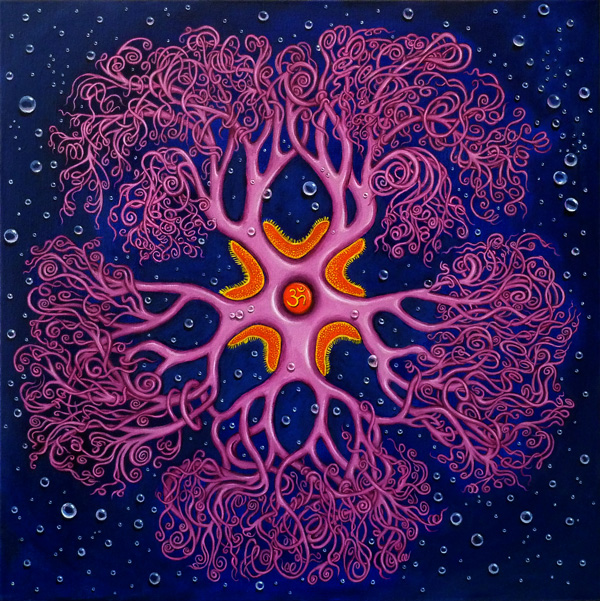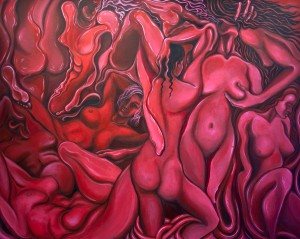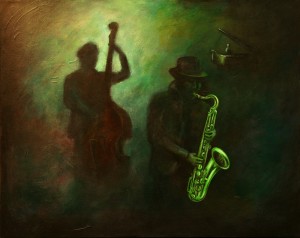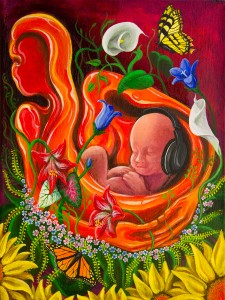 In late 2010 I was lucky enough to meet Sebastian Kvist, a PHD student at the Museum of Natural History in New York. Within hours of meeting him I was peppering him with questions about biology – not doing much to conceal my enthusiasm for the subject. He was kind enough to invite me and a friend on a personal tour of his lab and the innards of the museum. It was one of the most amazing experiences – I’ve been back twice since.
In late 2010 I was lucky enough to meet Sebastian Kvist, a PHD student at the Museum of Natural History in New York. Within hours of meeting him I was peppering him with questions about biology – not doing much to conceal my enthusiasm for the subject. He was kind enough to invite me and a friend on a personal tour of his lab and the innards of the museum. It was one of the most amazing experiences – I’ve been back twice since.

The Museum has some pretty incredible things going on behind the scenes in the labs. There’s cabinets filled with skeletons of dolphins, bears, crazy looking rodents and a particularly weird primate with a steampunk pelvis. There’s a room filled with elephant skulls and another with hippo skulls. There’s even two massive Galapagos giant tortoises who roam the hallways! After meeting some of his colleagues and checking out some other labs, we headed for the wet rooms. Sebastian studies leeches, so we started our tour with the invertebrates. Picture seemingly endless hallways with wall-to-wall filing cabinets, all containing the most fascinating creatures. Some in jars, some dried and brittle. Jellyfish, sea urchins, starfish, crustaceans – all beautifully preserved and labeled. There was a giant Isopod and the biggest lobster I’ve ever seen, that Sebastian lifted out of its tank so we could take a closer look. The most spectacular thing there was a giant squid in a 25 foot tank. We managed to take a close look at one of its tentacles with razor sharp suction cups. Quite amazing.


I didn’t really take many liberties with the form of the creature. I chose to paint it purple because I liked the way the purple in “Jellin” had stood out against the deep blue background. It was immensely time consuming to paint the tentacles in the meticulous detail that I chose, but once I started I had no option but to go through with it. Not quite sure what inspired me to put an “Om” symbol over the mouth – it just seemed to work there.



